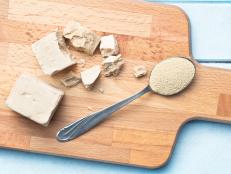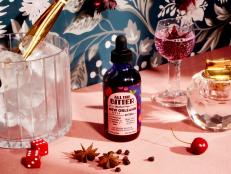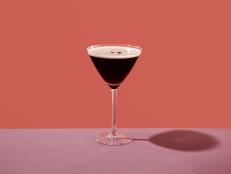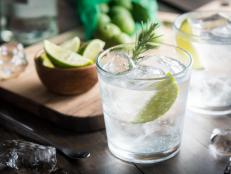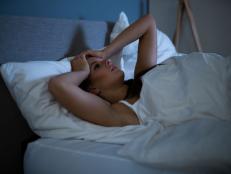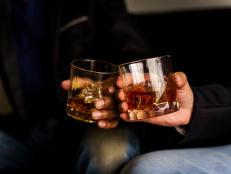Why Alcohol Content Is Measured in 'Proof'
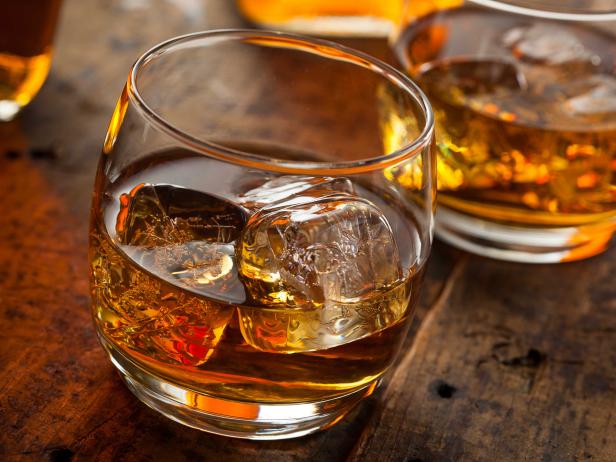
Brent Hofacker
Did you ever wonder why alcohol content is measured in “proof” — and why that number differs from the other number you’ll see on your bottle of vodka and whiskey, ABV (alcohol by volume)?
While alcohol by volume, or the percentage of alcohol in the liquid, is a standard measure of alcohol strength across the world (a 30 percent ABV spirit in the U.S. also a 30 percent ABV spirit in France), the proof scale varies.
And if that sounds a little fuzzy — kind of like how you might feel if you’ve had a few – here are a few facts about proof to help provide clarity:
1: Proof is so called because, back in England in the 1500s, the government would levy a higher tax on liquor containing a higher amount alcohol. Alcohol content was determined via a rather crude test. Basically, the government would soak a gun pellet with alcohol and try to set fire to the gunpowder. If it lit, the alcohol content in the liquor was high enough gunpowder to ignite, the liquor was to be deemed to be a “proof spirit” — as in, there was proof it contained a high amount of alcohol — and was taxed at a higher rate.
2: Because this method of providing proof of alcohol content wasn’t very precise or reliable, England changed the system of establishing proof in 1816. The new system involved scientifically precise measures of density and gravity and set the “proof” threshold at 57.06 percent alcohol by volume. This measure was standardized 1952. In the U.K., a 100 proof spirit is about 57 percent ABV and the ratio of proof to ABV is 4 to 7. If you multiply the ABV by 1.75, you get the proof. Around 1980, however, the U.K. began to adopt a straight ABV scale for labeling spirits. (Phew.)
3: In the United States, the system — established around 1848 — is a bit simpler: “Proof” is straight up two times alcohol by volume. So a vodka, say, that is 40 percent ABV is 80 proof and one that is 45 percent ABV is 90 proof. A “proof spirit” is 100 proof (50 percent ABV) or higher.
4: In France, they use a scale measured in degrees Gay-Lussac, instead of proof. Originally named for a French chemist and now known as the OIML scale (for Organisation Internationale de Métrologie Légale), it actually reflects a 1-to-1 ratio with ABV. So in France, a spirit that is 100 percent ABV is 100 proof, and one that is 45 percent ABV in France is 45 degrees GL. Tres simple!
Related Links:
























